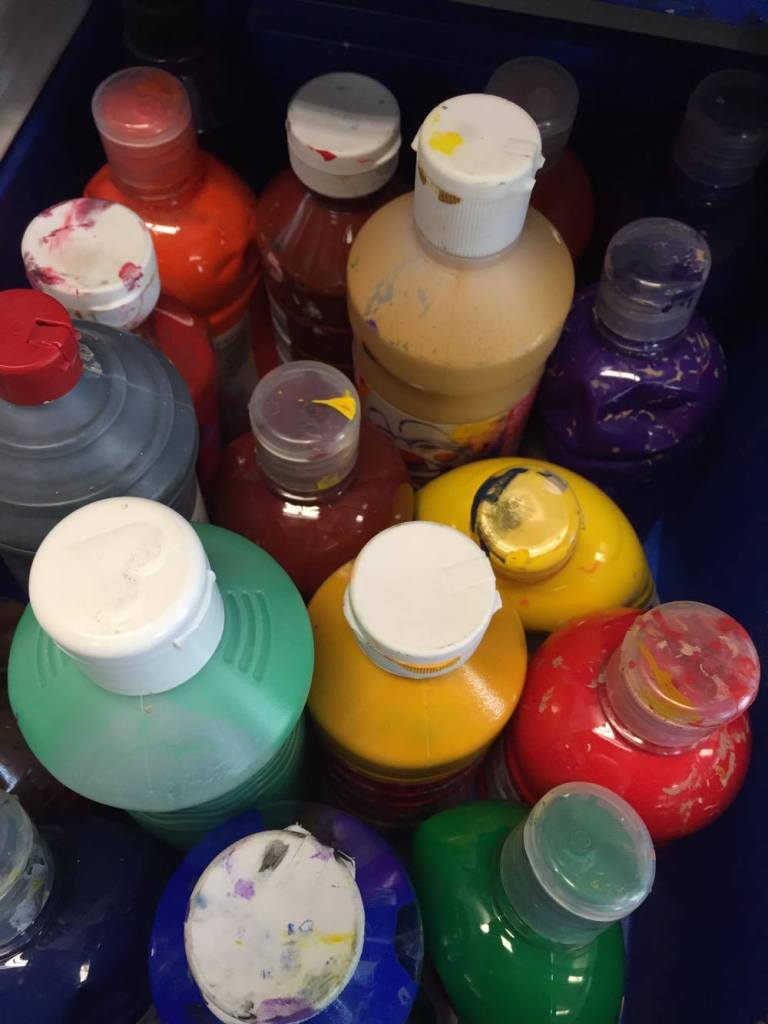[ad_1]
As I come to the end of my journey as an art therapist trainee, I have learned various skills and techniques that shaped my understanding and practice when working with people with dementia. Here are the top five lessons gained from my placement experience.
First and foremost, I understand the significance of building and warming up the therapeutic relationship. Creating a safe space for clients extends beyond the physical surroundings, it involves establishing clear time boundaries. To enhance this, I make it a practice to gently remind the client when there are only 5 minutes remaining in our session. Trusting the process is vital; change may unfold gradually when you consistently maintain the same time and space within the therapeutic setting. Besides, each session begins with a transitional period, allowing clients to shift from being alone to connection. It is a crucial foundation for the therapeutic work that lies ahead.
Another lesson I have gained is the importance of fostering a client-led environment, where we respond to what the clients bring into a supported setting. Some individuals with dementia express a desire for sensory experiences therefore, I introduced food ingredients as a creative medium. This adjustment not only catered to their sensory needs but also reinforced the idea that the art therapy space is one where their individual need is acknowledged and embraced. Importantly, it ensures they can express themselves in a secure environment.
Moreover, I’ve come to appreciate the profound impact of attachment in therapy. Attachment is one of the psychological needs of people with dementia in Tom Kitwood’s framework. When working with people with dementia, physical touch plays a crucial role in fostering a sense of bonding. A shared dance during the music therapy group or a handshake at the end of therapy session served as bridges, allowing the clients to feel a connection that transcended the boundaries of verbal communication. At the same time, it is essential to attune with the client, respecting their preferences regarding physical touch and acknowledging their choice to engage in such connections.
Utilizing music to art therapy emerged as my fourth valuable lesson. As I learned in university, the way the brain changes in Alzheimer’s disease does not seem to match up much with the part of the brain responsible for remembering music. Therefore, people who are living with dementia frequently maintain the capacity to recall and remember music. Using music that resonates with the client during art therapy sessions is crucial to motivate their active participation. Moreover, I found that music is a powerful tool to soothe anxieties or frustration, allowing clients to delve deeper into the creative process. Therefore, the intertwining of art and music can motivate clients, making them more willing to participate in the therapy session. I have experimented with integrating visual art and music by synchronizing the drawings with the rhythm of a song. This approach enhances the client’s willingness to participate with the art materials.
Lastly, I have found that individuals with advanced dementia possess the capacity to form new and positive relationships. Despite the challenges that advanced dementia may post across various aspects of their lives, the potential for cultivating positive connections remains. They can convey their feelings through non-verbal means, such as smiling joyfully or seeking connection through gestures. Being present and connecting with the client is crucial, and they can sense it. In my perspective, when engaging in art therapy with people with dementia, the objective is not to provide training, but rather to enrich their overall quality of life.
Discussion questions:
Have you ever participated in any art therapy session or witnessed its impact on someone you know? Share your experience and thoughts on how creative expression can contribute to well-being.
Before reading this blog, what was your perception of individuals with dementia? How does the blog challenge or reshape your understanding of the potential for positive experiences through art therapy?
Contributor

I’m Kwan Yiu Wong (Kylie) who previously worked as a social worker in Hong Kong at an elderly centre serving individuals with dementia. Currently, I am enrolled in the MSc Art Psychotherapy program at Queen Margaret University, and I am undergoing my placement in an NHS ward dedicated to people with dementia.
Disclaimer: The view expressed in the above blog are solely my own opinions and do not represent the stance of QMU, NHS or any of my academic work. However my placement provider was aware and supported me writing this blog.
[ad_2]
Source_link


